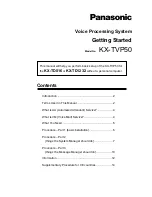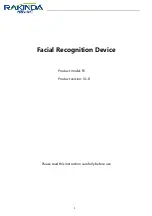
Programming Keys
112
Features and MenuCards
Functions (Features)
starting on page 109). Programming a
function key in a link compared to programming a single
function key is more comprehensive. In a link it is possible to
save both the state of a function (on/off, e. g. for call
protection) and the values of a function (e. g. a specific display
language). In this way a function in a link has a specific
switching functionality compared to a single function key.
z
The MenuCard “Stack” or “Link features” is redisplayed after
you have programmed the menu entries (
Dest.
or
Features
),
and list the new entry. As described you can now add a further
entry. If all memory locations are occupied you will hear a
negative acknowledgement tone.
z
Save
: With this menu point the stack or link can be saved.
z
Delete key
: With this menu point the stack or link can be
deleted.
A key programmed with a
stack
can be operated as follows:
z
Short press
: The programmed entries are displayed in a
selection menu. Select the desired entry and press the
key. The programmed call number will be dialled or the
programmed function will be executed.
z
Press and hold
: The MenuCard for the key will be opened.
You can now edit the entries of the stack. Select the desired
entry. In order to modify the entry (e. g. a programmed call
number) press the
key. In order to delete the function
press the
key.
A key programmed with a
link
can be operated as follows:
z
Short press
: The programmed function are executed in
succession. You will hear an positive acknowledgement tone
when all functions have been correctly executed.
z
Press and hold
: The MenuCard for the key will be opened.
You can now edit the functions of the link. Select the desired
function. In order to modify the function press the
key.
In order to delete the function press the
key.
The LED on a key programmed as a stack has no function. An illu-
minated LED of a key programmed as a link indicates that all func-
tions of the link are active (switched on).
















































